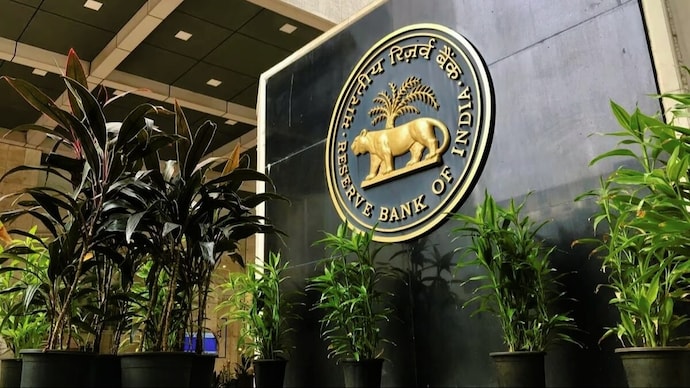In its latest monetary policy meeting, the Reserve Bank of India (RBI) decided to maintain the repo rate at 6.5%. This decision aligns with the RBI’s strategy to balance inflation control with economic growth support.
Economic Context
The RBI’s decision reflects its assessment of several factors:
- Global Economic Uncertainties: Ongoing global economic challenges influence the central bank’s policy.
- Domestic Inflationary Pressures: The RBI is addressing inflationary trends within the country.
Implications
By keeping the repo rate stable, the RBI aims to:
- Stabilize Borrowing Costs: Ensure that borrowing remains manageable for businesses and consumers.
- Support Economic Activity: Provide a conducive environment for growth and stability.
Market Impact
The RBI’s monetary policy is crucial for:
- Investors: Influences investment decisions and market confidence.
- Businesses: Affects borrowing costs and operational planning.
- Policymakers: Guides fiscal and economic strategies.
Future Outlook
Market participants will closely monitor future RBI policy signals to gauge any potential changes based on evolving economic conditions.
Multiple Choice Questions (MCQs):
1. What was the RBI’s decision regarding the repo rate in its latest monetary policy meeting?
- A) Increase to 6.75%
- B) Decrease to 6.25%
- C) Maintain at 6.5%
- D) Increase to 7.0%
- Answer: C) Maintain at 6.5%
2. What is the primary aim of the RBI maintaining the repo rate at 6.5%?
- A) To increase inflation
- B) To stabilize borrowing costs and support economic growth
- C) To decrease the value of the rupee
- D) To restrict economic growth
- Answer: B) To stabilize borrowing costs and support economic growth
3. Which factors influenced the RBI’s decision to hold the repo rate steady?
- A) Domestic economic growth and foreign exchange reserves
- B) Global economic uncertainties and domestic inflationary pressures
- C) Stock market performance and international trade agreements
- D) Government spending and interest rates in other countries
- Answer: B) Global economic uncertainties and domestic inflationary pressures
4. How does the RBI’s monetary policy decision impact businesses and consumers?
- A) By increasing interest rates on savings accounts
- B) By stabilizing borrowing costs
- C) By imposing higher taxes
- D) By regulating stock market prices
- Answer: B) By stabilizing borrowing costs
5. Why will market participants continue to monitor the RBI’s policy signals?
- A) To predict changes in stock market trends
- B) To assess potential future adjustments based on economic conditions
- C) To gauge government spending plans
- D) To determine foreign investment levels
- Answer: B) To assess potential future adjustments based on economic conditions
